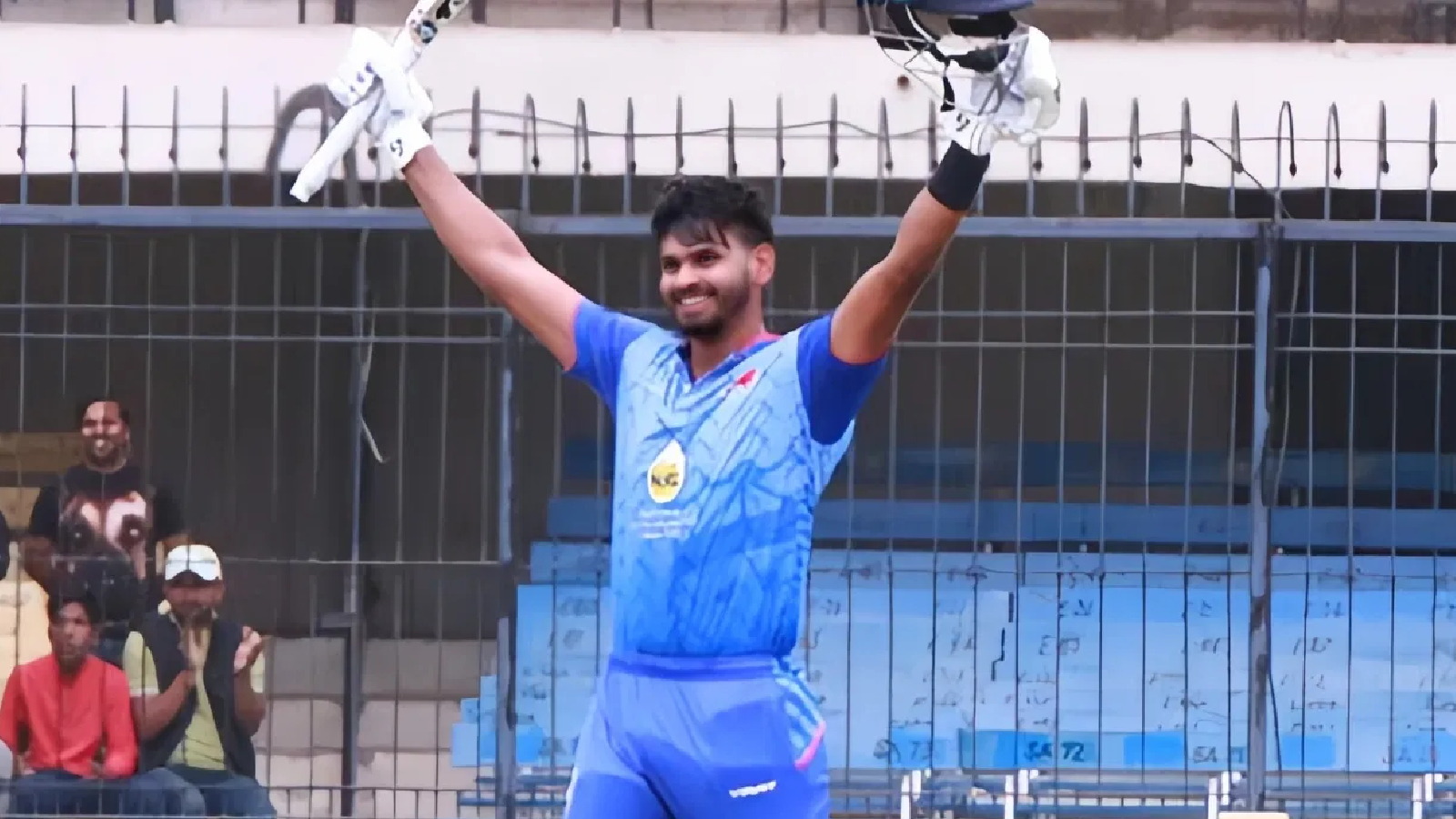The BCCI has announced the splitting of the Ranji Trophy into two phases for the 2024-25 domestic season. The decision comes following deliberations between a four-member working group and senior players and coaches, who had raised concerns over lack of game time owing to weather disruptions in northern India during winters.
The BCCI eventually okayed the change following a recommendation from the working group, involving current India head coach Rahul Dravid, NCA chief VVS Laxman, senior men’s selection chairman Ajit Agarkar and BCCI general manager (domestic cricket) Abey Kuruvilla.
Last season, the Ranji Trophy was played predominantly between January and March, after the conclusion of the Vijay Hazare Trophy (50-overs competition) and the Syed Mushtaq Ali Trophy (T20s).
This time, however, the Ranji Trophy will begin in October, with each team playing five league games during a five-week window before the white-ball competitions commence.
The last two group-stage fixtures will be held soon after the completion of the Vijay Hazare Trophy on January 18, followed by the knockout phase of the competition from February 8. The Ranji final is set to be held from February 26 to March 2.
In a bid to “fortify the core of domestic cricket while prioritising “player well-being”, the board has also introduced an extra day’s gap between matches, making it a total of four days as against three, which was the case until the 2023-24 season.
Shardul Thakur was among the prominent voices who had spoken of the need for more time between games to facilitate better recovery and preparation as players. Dravid too had touched upon the importance of “hearing the players” while drawing up domestic schedules owing to the sheer volume of matches played.
Zonal format scrapped for Duleep Trophy
In another significant move, the senior men’s season-opening Duleep Trophy, which will be played from September 5 in Anantapur, will not be played between zonal teams. This marks yet another change to the structure of the tournament whose relevance has been questioned by several notable voices in recent times.
In 2022-23, the BCCI had reverted to the zonal format with the six teams (North, South, East, West, Central and North East) picked by a zonal committee chaired by a convener. The move was seen as a way to add more context to the tournament.
This season, the tournament has been whittled down to a four-team event with squads picked by the national selectors. ESPNcricinfo understands one of the reasons for this move is to ensure the selectors are able to give a wider pool of players, including those in the targeted group, enough opportunities heading into India’s Test season.
India are set to host Bangladesh and New Zealand for Test series at home before traveling to Australia between November and January for a five-Test series, all of which are part of the 2023-25 World Test Championship cycle. It’s likely the Test season will be preceded by two shadow tours, one at home and one in Australia.
No toss in CK Nayudu Trophy
In a bid to increase competitiveness and prevent hosts from tailoring tracks to suit their strengths, the Under-23 CK Nayudu Trophy, seen as a feeder tournament for the senior state teams, will no longer feature tosses. The visiting team will instead be allowed to choose whether to bat or bowl first.
The BCCI has also introduced a “revamped points system “aimed at fostering balanced performances. This includes the attribution of points for batting and bowling prowess in the first innings, alongside points for securing the first innings lead or achieving an outright victory.”
Women’s inter-zonal competitions scrapped
In another move aimed at widening the talent pool, the BCCI has scrapped inter-zonal competitions for women across formats and replaced them with a Challenger Trophy, with all sides picked by the senior women’s selection committee.
This move is aimed at building a robust feeder system into the national team, as well as building a robust Under-19 structure that will compete at the next World Cup where India will be the defending champions.
ESPNcricinfo understands the board has taken cognizance of the inconsistencies in selection at the zonal level, with a number of senior voices speaking out against contentious picks.
Last season, for example, Shreyanka Patil and Kanika Ahuja didn’t find a place in their respective zonal squads despite having featured for India earlier in the season. Satheesh Shubha too was ignored from the inter-zonal red-ball competition, despite having made her Test debut during the season against Australia.
I’m Manas Ranjan Sahoo: Founder of “Webtirety Software”. I’m a Full-time Software Professional and an aspiring entrepreneur, dedicated to growing this platform as large as possible. I love to Write Blogs on Software, Mobile applications, Web Technology, eCommerce, SEO, and about My experience with Life.





